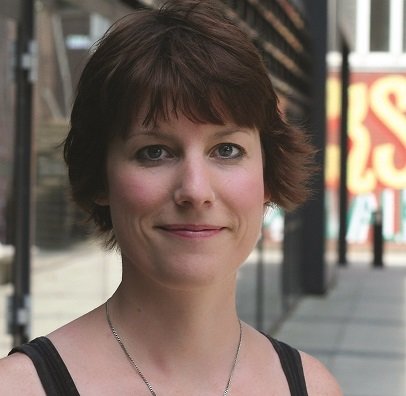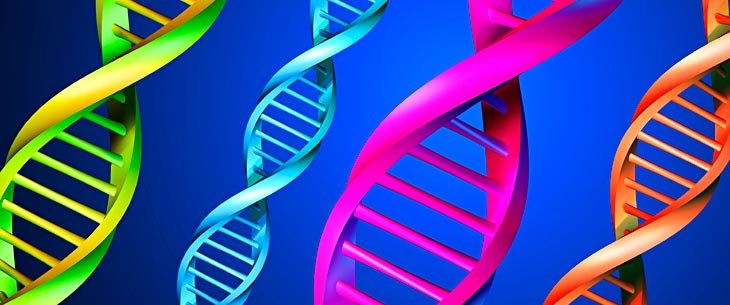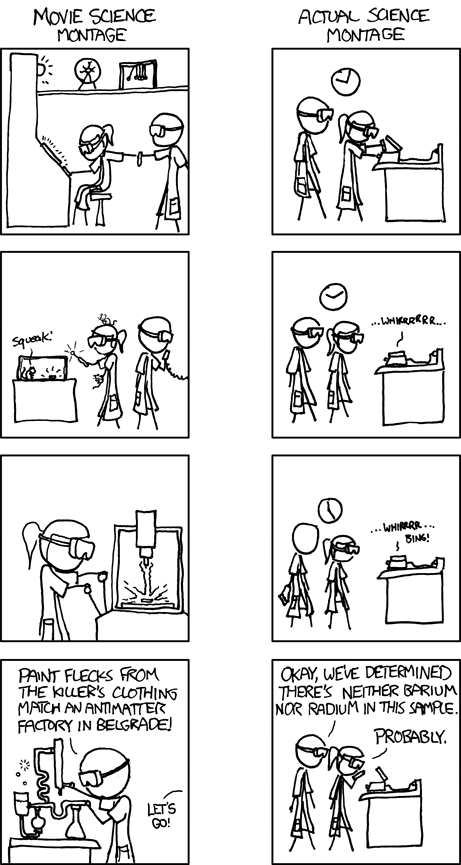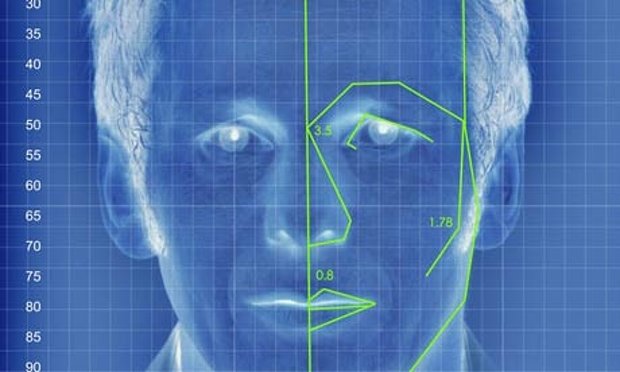Today, the at and world-famous, honorary member sat down and discussed with how psychology can improve the field of forensics, in all its aspects – in other words, they discussed about forensic psychology. Unit director , Unit co-director , Honorary member , Honorary member and Honorary member sat down and did an AMA – ask me anything. Here are the highlights:
Reddit user: Have there been any developments in the presentation of police lineups?
What’s better, to present the whole lineup at once, or to present lineup members one-by-one? If the latter, is it better to ask them “is this the perpetrator” after each person, or to let them see all of them and then ask for a decision?
Fiona Gabbert: Good question! People are STILL debating the best way to conduct police lineups; whether to show all of the lineup members at once, or one at a time. We refer to this as simultaneous vs. sequential lineup presentation formats. I would argue that witnesses should make an identification decision based ONLY upon their memory for the perpetrator. We know that when simultaneous lineup presentation is used, some witnesses base their decision upon comparing and contrasting against the different options, and then choosing the ‘best’ match. This might not necessarily be the person that matches their memory, but simply the best available option (clearly this can lead to errors being made). In the UK we use VIPER lineups (video-parades) where lineup members are presented one at a time, shown facing forward, then turning their face slowly to face left/right. There are some issues with the VIPER procedure, but on the whole I’m more confident in this system than the use of simultaneous lineup formats.
 Dr Fiona Gabbert is an Associate Professor in Psychology at Goldsmiths University of London. She holds an M.Sc. in Social Psychology and a PhD in Applied Psychology from the University of Aberdeen.
Dr Fiona Gabbert is an Associate Professor in Psychology at Goldsmiths University of London. She holds an M.Sc. in Social Psychology and a PhD in Applied Psychology from the University of Aberdeen.
Reddit : It appears from your summary that you are focused on minimizing wrongful convictions. Are you doing any work on methods to better spot individuals at higher risk for committing violent crime and how to address /minimize such risk? Are you working on any aspects involving rehabilitation? What have you learned that has helped improve accuracy of witness statements? Thanks for doing this. It tickles my Cultural Anthropology degree a little bit.
Lorraine Hope: With respect to the part of your question concerned with improving the accuracy of witness statement, a good deal of our work draws on memory theory to develop interviewing techniques which promote accurate and detailed reporting (and reduce the likelihood of error). So (apologies for posting some of the same response!) – the most effective investigative interviewing techniques for enhancing accurate reporting include, for example, using mental context reinstatement (instructing the witness to mentally revisit the scene), encourage a detailed and accurate account (without editing or guessing), providing retrieval support, the use of non-leading prompts and cues.
The ‘safest’ questions are Open Question (e.g. tell me everything you can about X) which allow the witness to recall their experience in their own words. The very worst kind of questions are leading questions which suggest an answer to the witness (e.g. Was the man wearing a blue jacket?). There are also some interesting new developments which explore changing the reporting format – we have promising results from some interesting studies in which we encourage people to report what they have witnessed on timelines for example. That might be an interesting question for a cultural anthropologist too!
Reddit : If you each had to pick just 1 single reform that the criminal justice system would implement overnight, what do you think is the the most important one?
Elizabeth Loftus: Near the top of my list would be blind testing in lineup situations.
 Elizabeth Loftus.
Elizabeth Loftus.
Fiona Gabbert: I’m not a big fan of the jury system.
Caoinhe McAnena: I would make prison regimes more therapeutic, with increased resources for the delivery of evidence-based interventions and staff training to create more psychologically informed environments to address criminogenic needs and reduce reoffending.
Lorraine Hope: Anyone who has to elicit information from anyone should be required to have some decent interview training. I’d also quick like to see more training for legal practitioners regarding issues pertaining to witness memory to eradicate some of the inaccurate beliefs/practices (e.g. round consistency).
Reddit : I have read an article or two mentioning certain behavioral traits/characteristics being “ingrained” by a certain age. Is there any truth to this as far as a person’s proclivity for skirting the law, paying bills on time, etc? You can probably tell from my awkward phrasing that i really know nothing about this.
The first five years of life are certainly key in the development of some aspects of psychological and emotional functioning, for example in the development of secure attachments to caregivers. However it is an overstatement to say that traits are fixed at any point in human development as we possess the capacity for emotional and psychological growth and change throughout the lifespan.
Antisocial personality which is highly related to offending does have its roots in childhood and particularly adolescence and is often expressed as conduct disorder in early life. However this is influenced by ongoing social and psychological factors and these can be addressed throughout the lifespan.
Reddit : How do the victims and witnesses that are found to have been wrong in their testimony react? Many people are confident that they saw something happen in a certain way, does this no longer make them a credible witness?
Elizabeth Loftus: There is no single way people respond when they learn they are wrong. I’ve seen some people accept it. For example when told that DNA testing reveals that they had identified the wrong person, they accept it. But I’ve seen other situations where people still insist they are right.
Reddit : My question pertains to mental health professionals working within the correctional system. Here in the US it often seems that there is an emphasis on behavioral interventions within the correctional system at large and that clinicians are always viewed by inmates as a tool of the system and not as an advocate. Does any of your work focus on how clinicians can better overcome this challenge? Does any of your work focus on training correctional mental health professionals in Interpersonal Therapy or DBT for those suffering from more complex disorders? If not would you advocate for a change in treatment modalities from those that are currently in use?
In the Uk there are many examples of clinicians working therapeutically within the criminal justice system and one great example of this is the relatively new Offender PD Pathway strategy which aims to provide psychologically informed environments within prisons in order to address underlying emotional and interpersonal difficulties associated with offending. A key aspect of this service is a focus on developing a skilled workforce and this includes prison staff as well clinicians. A national framework has been developed for training staff in working with people with personality disorders which is known as the KUF in order to support this initiative.
Reddit : Do you really think that incarceration is really a good form of rehabilitation? I’ve seen on documentaries that many inmates who end up in the prison system, return. If that’s the case, and they aren’t mentally capable of handling the outside world, why haven’t we found a better solution or even integration programs (prison -> outside world). I understand that heinous crime requires harsh punishment but it seems like we could have a better solution.
Caoinhe McAnena: Incarceration in itself probably does not enable offenders to make the necessary psychological, social and other changes in order to desist from offending and lead prosocial lives in the community. However, prisons allow for the delivery of evidence based interventions aimed at changing the underlying causes of offending in many cases, such as drug and alcohol dependence, limited cognitive and decision-making skills, sexual and relationship difficulties etc etc. In the UK in the last few years a specific programme has been developed to address the issues faced by offenders with personality disorders in the prison system and it is hoped that this will reduce reoffending in that particular group. This is currently being evaluated nationally.

 Image via cliparsheep
Image via cliparsheep
 TDL Genetics
TDL Genetics Hilariously relevant. Comic by
Hilariously relevant. Comic by
 Washington Hospital Center. Image via Biz Journals.
Washington Hospital Center. Image via Biz Journals. Image via Wiki Commons.
Image via Wiki Commons. Image via welnet-tech
Image via welnet-tech Dr Fiona Gabbert is an Associate Professor in Psychology at Goldsmiths University of London. She holds an M.Sc. in Social Psychology and a PhD in Applied Psychology from the University of Aberdeen.
Dr Fiona Gabbert is an Associate Professor in Psychology at Goldsmiths University of London. She holds an M.Sc. in Social Psychology and a PhD in Applied Psychology from the University of Aberdeen. Elizabeth Loftus.
Elizabeth Loftus. Image via theguardian
Image via theguardian